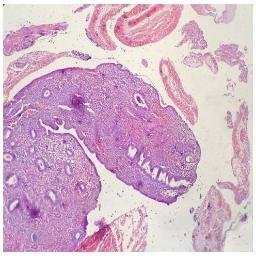Virus Expression Database



Submitted by Luis Munoz-Erazo (University of Sydney, Australia) on Jul 15 2011
Platform: microarray – [HuGene-1_0-st] Affymetrix Human Gene 1.0 ST Array [transcript (gene) version] 
Pubmed: 22509103
Summary Low-level infection is believed to play a role in the degradation of the outer blood retinal barrier, which is composed of retinal pigment epithelial (RPE) cells.
By investigating immunopathogenic West nile virus (WNV) infected RPE via microarray, we sought to find key genes involved in a low-level viral infection, which are vital for normal immune responses.
| ID | Title | Cell Type | Timepoint | Reported Virus | Virus Species | Exclusion Reason |
|---|---|---|---|---|---|---|
| GSM762060 | uninfected primary RPE, biological replicate 1 | retinal pigment epithelium cell  |
24 hrs | control | Uninfected | |
| GSM762061 | infected primary RPE, biological replicate 1 | retinal pigment epithelium cell  |
24 hrs | West Nile | West Nile virus | |
| GSM762062 | uninfected primary RPE, biological replicate 2 | retinal pigment epithelium cell  |
24 hrs | control | Uninfected | |
| GSM762063 | infected primary RPE, biological replicate 2 | retinal pigment epithelium cell  |
24 hrs | West Nile | West Nile virus | |
| GSM762064 | uninfected primary RPE, biological replicate 3 | retinal pigment epithelium cell  |
24 hrs | control | Uninfected | |
| GSM762065 | infected primary RPE, biological replicate 3 | retinal pigment epithelium cell  |
24 hrs | West Nile | West Nile virus | |
| GSM762066 | uninfected primary RPE, biological replicate 4 | retinal pigment epithelium cell  |
24 hrs | control | Uninfected | |
| GSM762067 | infected primary RPE, biological replicate 4 | retinal pigment epithelium cell  |
24 hrs | West Nile | West Nile virus | |
| GSM762068 | uninfected ARPE19 cell line | retinal pigment epithelium cell line  [ARPE-19 [ARPE-19  ] ] |
24 hrs | control | Uninfected | |
| GSM762069 | infected ARPE19 cell line | retinal pigment epithelium cell line  [ARPE-19 [ARPE-19  ] ] |
24 hrs | West Nile | West Nile virus |